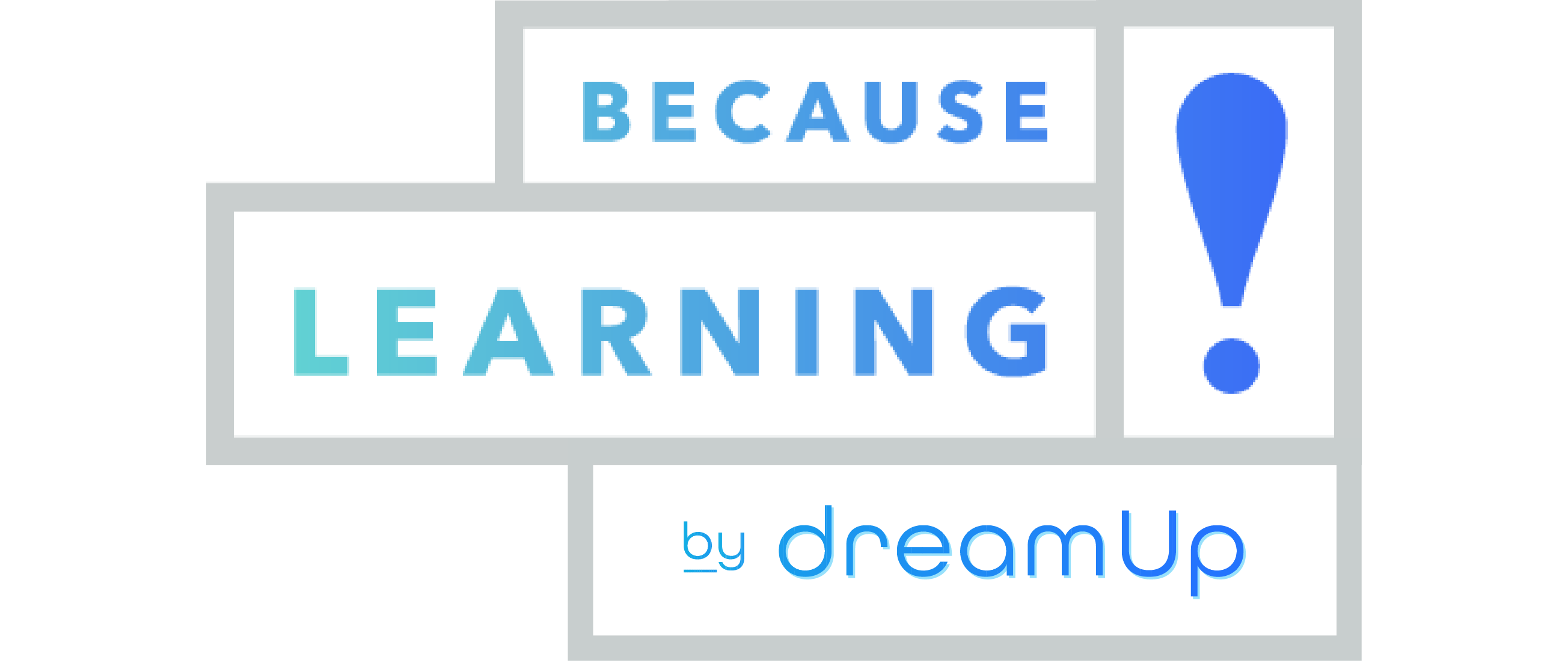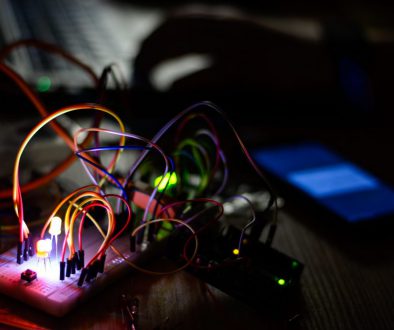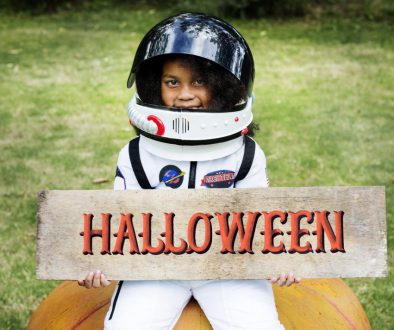How Teachers Can Add Coding to Their Curriculum (Even If They Haven’t Coded Before)
Teach a STEM subject (science, technology, engineering, or math)? Then you might have noticed a greater focus on coding. Many states and districts are encouraging teachers of STEM subjects, even those who have never coded before, to start teaching their students coding.
More than ever, coding and science go hand-in-hand. As the computational tools scientists use becomes more complex, a fundamental understanding of coding becomes critical.
As one teacher said, coding and science go together like a calculator goes with math. But even though you may still be using the same TI-83 you had in grade school, coding has changed a lot in the last few years. Even experienced teachers may find themselves not fully understanding how science and coding go together in 2017.
To stick with the calculator analogy, you can still teach science in 2017 without coding. But it’s like trying to do math without a calculator. You’ll save time and be more focused on what matters by using coding.
In the following video, Why Our Kids Must Learn to Code, leaders like Bill Gates, Vanessa Hurst, Mark Zuckerberg and many others explain their feelings about code. Though it may be complicated or intimidating at first, learning to code opens doors in whatever field students want to work.
For many students, the coding they learn in science may be their first (or only) opportunity to get started with this invaluable skill.
“Everybody in this country should learn to program a computer, because it teaches you how to think.”
–Steve Jobs
But incorporating coding into existing curriculum is easier said than done. Your curriculum may already feel jam-packed with material to meet standards. If you have no coding experience, you may feel there’s no time to learn something new. Plus, there’s the intimidation factor of learning something new, especially if your students may be better at it.
Here’s the good news: anyone — from students to teachers to school administrators — can quickly learn to code. Here’s how to get started.
1. Get a (Very Basic) Understanding of What Coding is
In STEM, coding is basically written instructions that control machines. It can mean many different things:
- Website coding
- App coding
- Hardware coding
On their own, computers don’t know how to do anything. Coding is the directions explaining what to do.
These videos give a good overview:
- What is Coding? By Microsoft Learning
- What is Coding? By Austin Olney
In practice, coding works like this:
- You write instructions in a set language, asking for resources or information (code)
- The computer receives the instructions and follows them
- You observe the results
Some of those instructions could be “turn on this light,” or, “calculate this function.” In a way, this code “thinking” is similar to how we communicate with each other on a daily basis.
There are plenty of resources out there to teach you the basics of coding, but you can also go as in-depth as you want with your learning. While there are great resources out there that teach kids how to code, usually it is done all on-screen, it doesn’t break into the real world. There is something instantly engaging and gratifying when learners code on the computer but see the result in the real world.
Arduino boards (which we use as the core of Ardusat sensor kits) provide ideal introductions into coding because they offer:
- Simple coding language
- Clear framework
- Instant results to test success
Arduino is a great platform because it relates to the real world. Students today use screen-based devices all the time, but they often take for granted how they work.
However, when you give students a tool like an Arduino and ask them to create a night light that comes on when it is dark outside, they can instantly put coding into context. It bridges the gap between the virtual world and the real world.
2. Incorporate Coding into Your Existing Curriculum
With this basic understanding of coding, we’re now left with the next question: how do you integrate coding into your curriculum, especially if it’s already full?
Many of the teachers we speak with feel like it’s hard for them to find time to meet every standard, create activities that integrate practices, and basically fit everything into their curriculum they need.
In our work with teachers, we’ve found those that try to make what’s already in the curriculum matter more find greater success with coding.
For example, planning activities that cover multiple standards instead of just one means it takes fewer lessons to cross off the mandated “to-dos” in the classroom. By strategically covering the requirements sooner, teachers free themselves to have more lessons to cover additional topics (like coding).
You might consider adding a coding element to an existing science project. Or, instead of having three lesson plans to cover three separate standards, redesign the first lesson to incorporate all three standards and then use the other two lessons for different projects.
Most of the lessons in our eHub do this well. We’re lucky to have experienced educators and instructional design specialists on our team who help us craft our lessons in a way that integrates multiple standards.
(Feel free to take a look for yourself to get some ideas.)
3. Learn with your class
You don’t have to be a coding master to bring coding into your classroom. Some of the best teachers we’ve worked with learned coding with their students, exploring new concepts together for the first time. This type of learning can actually makes students feel more involved.
Many teachers find it very difficult to get teachers to let go of their “expert” status; they feel that doing this would diminish their value. One of the teachers who works with us said it best: “You need to be a guide on the side rather than a sage on the stage.” Shifting the dynamic between teacher and student feels scary — and it is! — but it ultimately frees you to explore new subjects with your students.
One of our partner school districts in Park City Utah follows a national program called GenYES. The program teaches middle school students how to help their teachers use technology in the classroom. Recently, we went to the Utah Coalition for Education Technology (UCET) conference where some of these students demonstrated projects they worked on involving code. In this program, student and teachers help each other, benefiting both.
Often, when a teacher doesn’t know what they are doing, they can actually do their students a favor because students end up owning their learning. Compare this with the teacher who asks a question, then gives the answer before students have the opportunity to reply. How much learning actually takes place in those classrooms?)
Teachers can’t know everything, but they can know how to learn anything. Your example of being willing to learn something new — even if it’s a little scary — will teach your students a lesson they can use their entire lives.
4. Take a breath — this is easier than you think

It feels intimidating to learn something new and then be expected to teach it. You probably went into your field because you’re naturally interested or talented in your area and wanted to teach it to others.
Using coding in the classroom might be outside your comfort zone. That’s okay! You’re not alone.
This New Yorker piece looks at English teachers receiving coding instruction for the first time.
If English teachers can learn this, so can us STEM educators.
Use a Simple Framework to Get Started
One of the things educators like about the Ardusat platform is that it’s easy to get started coding (if you can copy and paste, you can code with Ardusat). But it’s also easy to build curriculum around standards and practices without overcrowding your schedule.
While our sensor kits and eHub are designed for educators, you have other options, too. Arduino, Raspberry Pi, and many other platforms offer solid learning experiences if you’re willing to assemble the kits yourself and develop your own lessons.
No matter which framework you pick, we suggest starting with the steps we mentioned here.
The next step? Get started. Begin exploring. Check out the resources listed below. Let your curiosity drive your learning.




